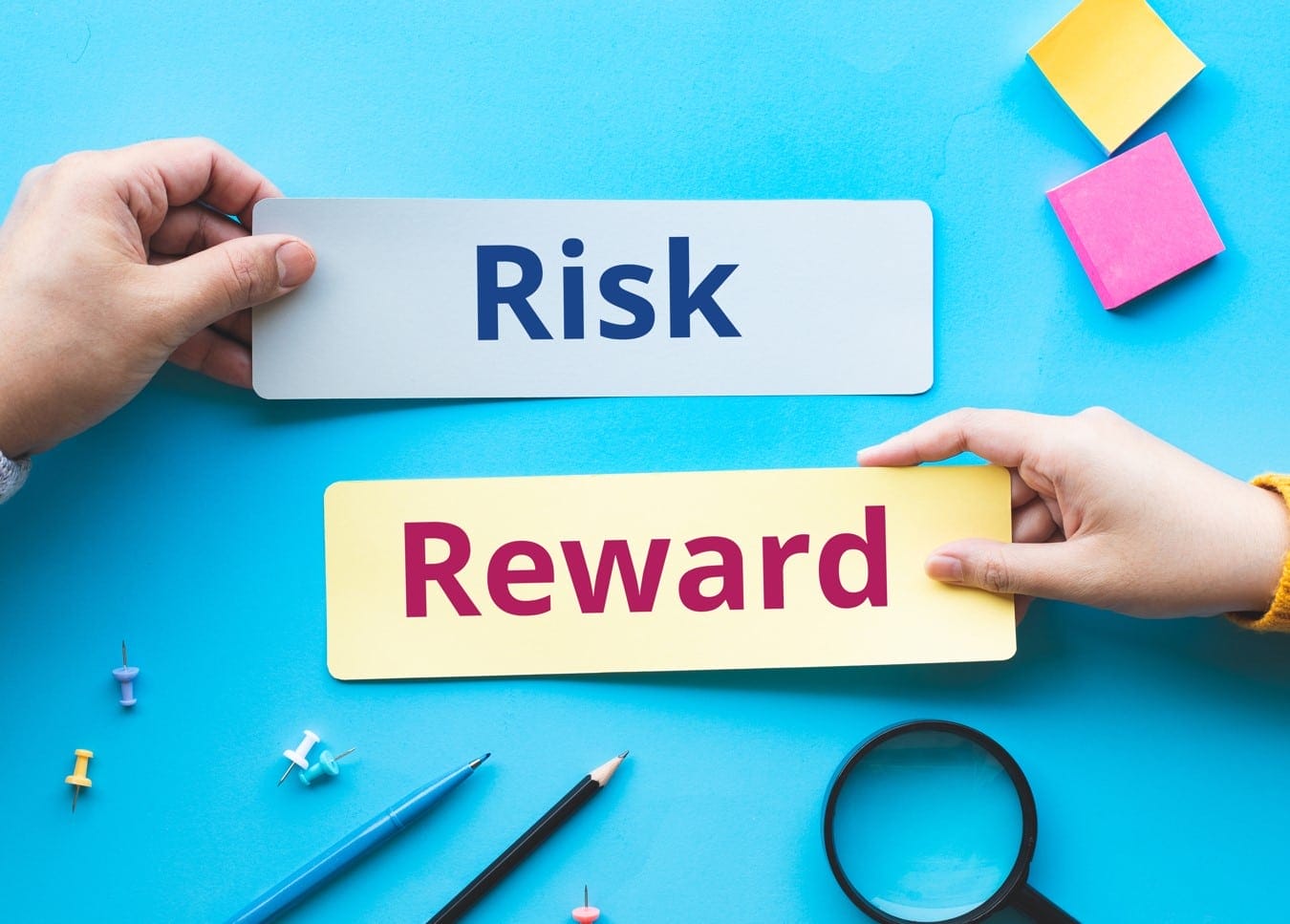Investing can feel like stepping into a jungle blindfolded—especially when you’re young, broke, and being told every other day that you need to start now. Welcome to the world of investments, where everyone’s got an opinion, and most of them sound like riddles. But don’t worry. In this detailed guide, I’ll walk you through the best investment plans for young investors in 2025—no boring jargon, no nonsense. Just real talk, tailored for you.

Why Young Investors Should Start Early
Ever heard of the magic of compounding? It’s like a snowball rolling downhill—it grows faster the earlier you start. When you’re young, time is your biggest ally in the investing world. Even small, consistent contributions can multiply into something huge over the years.
Starting early also means you can take more risks. Unlike someone nearing retirement, you’ve got decades to recover from any losses. Think of it like this: If investing is a game, time is your cheat code.
The Risks Young Investors Should Watch Out For
Let’s not sugarcoat things—investing isn’t all sunshine and rainbows. The stock market can be a rollercoaster, crypto is a wild west, and real estate has its own set of headaches.
Young investors often fall for flashy trends or “too good to be true” schemes. The trick? Don’t chase what’s hot. Chase what’s smart. Know your risk tolerance, do your research, and remember: if it sounds like a scam, it probably is.
High-Yield Savings Accounts: Safe But Slow
Think of high-yield savings accounts as the cozy, boring friend who always shows up on time. They’re reliable, safe, and insured—great for emergency funds or short-term savings goals.
While they won’t make you rich, they beat letting your money rot in a traditional savings account. In 2025, some digital banks are offering interest rates as high as 4–5%, which is pretty sweet for zero risk.
Stock Market Investing: The Classic Growth Engine
If savings accounts are turtles, stocks are racehorses. Stocks offer long-term growth, dividends, and the potential for serious returns. But, yeah, they’re also volatile—prices can swing wildly in short periods.

The key for young investors? Think long-term. Don’t panic sell. Use apps like Robinhood, Fidelity, or Webull to start with fractional shares. Diversify across industries and avoid putting all your cash in one company (yes, even if it’s Tesla).
Exchange-Traded Funds (ETFs): A Beginner’s Dream
Imagine an ETF as a smoothie—it blends many stocks into one tasty package. ETFs track indexes like the S&P 500 or Nasdaq, giving you exposure to dozens or hundreds of companies with one purchase.
They’re perfect for beginners because they’re low-cost, diversified, and less risky than betting on individual stocks. Plus, they require way less babysitting. Set it, forget it, and let it grow.
Roth IRA: The Tax-Free Retirement Jackpot
Retirement might feel light-years away, but your future self will thank you for thinking ahead. A Roth IRA lets you invest post-tax income and withdraw it tax-free in retirement.
Young investors benefit most because of lower income (hence lower tax bracket now) and decades of compounding growth. You can invest in stocks, ETFs, and more—just within a tax-sheltered account.
Real Estate Crowdfunding: Own Property Without a Mortgage
Buying a house outright in your 20s? Yeah, good luck with that. But real estate crowdfunding is a modern workaround. Platforms like Fundrise or RealtyMogul let you invest in properties with as little as $10.
You’re not buying a house—you’re buying a piece of one. It’s passive income, it’s diversified, and it’s becoming increasingly popular among Gen Z investors. Just be aware: it’s less liquid than stocks.
Cryptocurrency: High Risk, High Reward

Crypto is like investing’s rebellious cousin. It’s wild, unpredictable, and sometimes breaks the rules. But hey, it’s made a lot of young people very rich—very fast.
If you’re going into crypto in 2025, be smart. Don’t go all in. Stick to well-known coins like Bitcoin or Ethereum, use a secure wallet, and never invest money you can’t afford to lose. Think of it as your “speculative” corner of the portfolio.
Robo-Advisors: Investing on Autopilot
Don’t know where to start? Let a robo-advisor do the heavy lifting. Platforms like Betterment, Wealthfront, and SoFi automate your investment strategy based on your risk tolerance and goals.
They’re perfect for hands-off investors. You get diversification, regular rebalancing, and even tax-loss harvesting—all for a small fee. Ideal if you’re busy, lazy, or just not into spreadsheets.
Peer-to-Peer Lending: Be the Bank
This one’s a bit edgy. Peer-to-peer lending lets you loan money to individuals or small businesses online. In return? Interest payments—just like a bank would get.
Platforms like LendingClub connect investors with borrowers, offering higher-than-average returns. But beware: defaults happen, and you could lose money. It’s riskier than bonds, but more rewarding if done right.
Investing in Yourself: The Most Profitable Asset
Forget Wall Street for a sec. One of the best investments in your 20s is you. Courses, certifications, skills, and side hustles can multiply your income faster than the market ever will.
Want to boost your career? Learn coding, digital marketing, or financial literacy. Want to launch a business? Study entrepreneurship. In 2025, knowledge still trumps capital—especially when you’re starting small.
ESG and Sustainable Investing: Aligning Values with Wealth
Many young investors want to make money and make a difference. That’s where ESG (Environmental, Social, and Governance) investing comes in. These are companies that care about climate, equality, and ethics.

ETFs and mutual funds focused on ESG let you grow your wealth without feeling guilty. Think of it as putting your money where your mouth is—and still making a decent return.
Conclusion: Investing Isn’t Just for the Rich, It’s for the Smart
If you’re young and thinking, “I’ll start investing when I make more money,” stop right there. The truth is, waiting costs you more than you think. The earlier you start—even with $20 a month—the more you gain from time, compounding, and experience.
2025 is full of smart, beginner-friendly investment options. From safe bets like high-yield savings and ETFs to bolder moves like crypto or real estate crowdfunding, you’ve got choices. Just remember to stay informed, diversify your portfolio, and invest in what you understand.
Don’t get paralyzed by trying to “pick the perfect plan.” The best plan is the one you actually start. So go ahead—take that first step. Your future self is already cheering you on.
FAQs
1. How much money should I start investing with in 2025?
You can start with as little as $10, thanks to fractional shares and platforms like Robinhood or Fundrise. The key is consistency, not the amount.
2. Is it safe for young investors to invest in cryptocurrency?
Crypto can be part of your portfolio, but it’s risky. Limit it to a small percentage (5–10%) and only invest what you’re willing to lose.
3. What’s better for beginners: stocks or ETFs?
ETFs are better for beginners because they’re diversified, easier to manage, and less risky than individual stocks.
4. Should I pay off debt before investing?
Focus on high-interest debt (like credit cards) first. But you can still invest small amounts while managing lower-interest loans (like student loans).
5. Are robo-advisors worth it for young investors?
Yes! They automate everything and are great for people who don’t have the time or knowledge to manage a portfolio manually.
